The Universal Waste Program streamlines the hazardous waste management standards for certain categories of hazardous waste that are commonly generated. The NIH uses the Universal Waste Program for hazardous waste categories widely produced throughout the campuses, facilities, and institutes. This program has successfully provided alternative waste management practices for applicable hazardous waste.
The Universal Waste Program was born from EPA efforts to reduce the regualtions and cost of hazardous waste management. All universal waste still requires proper management, avoiding release to the environment, tracking shipments by keeping records, manifest, and delivery to designated recycling or disposal facilities.
Call the NIH Chemical Waste Service (CWS) at 301-496-4710 for pickup or to request new containers.
Identifying Universal Waste



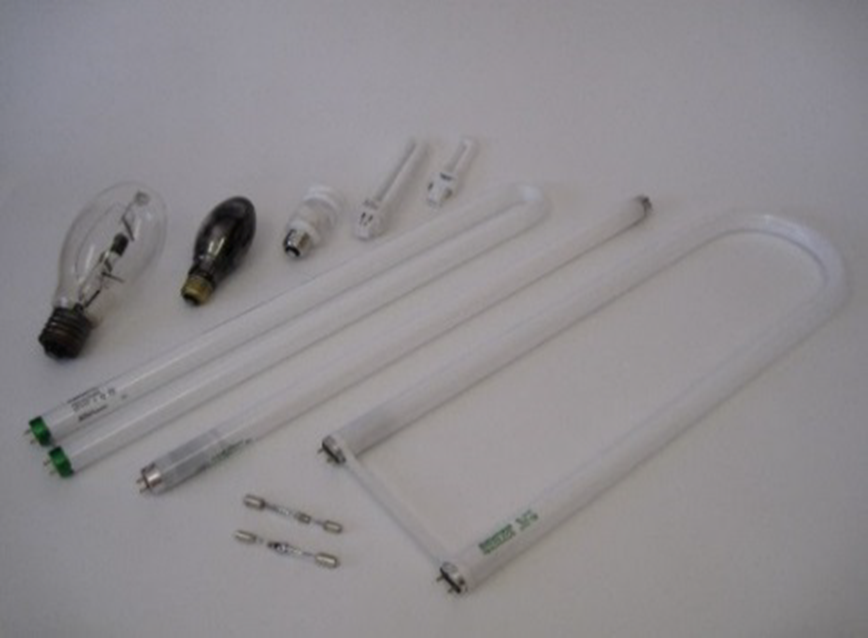
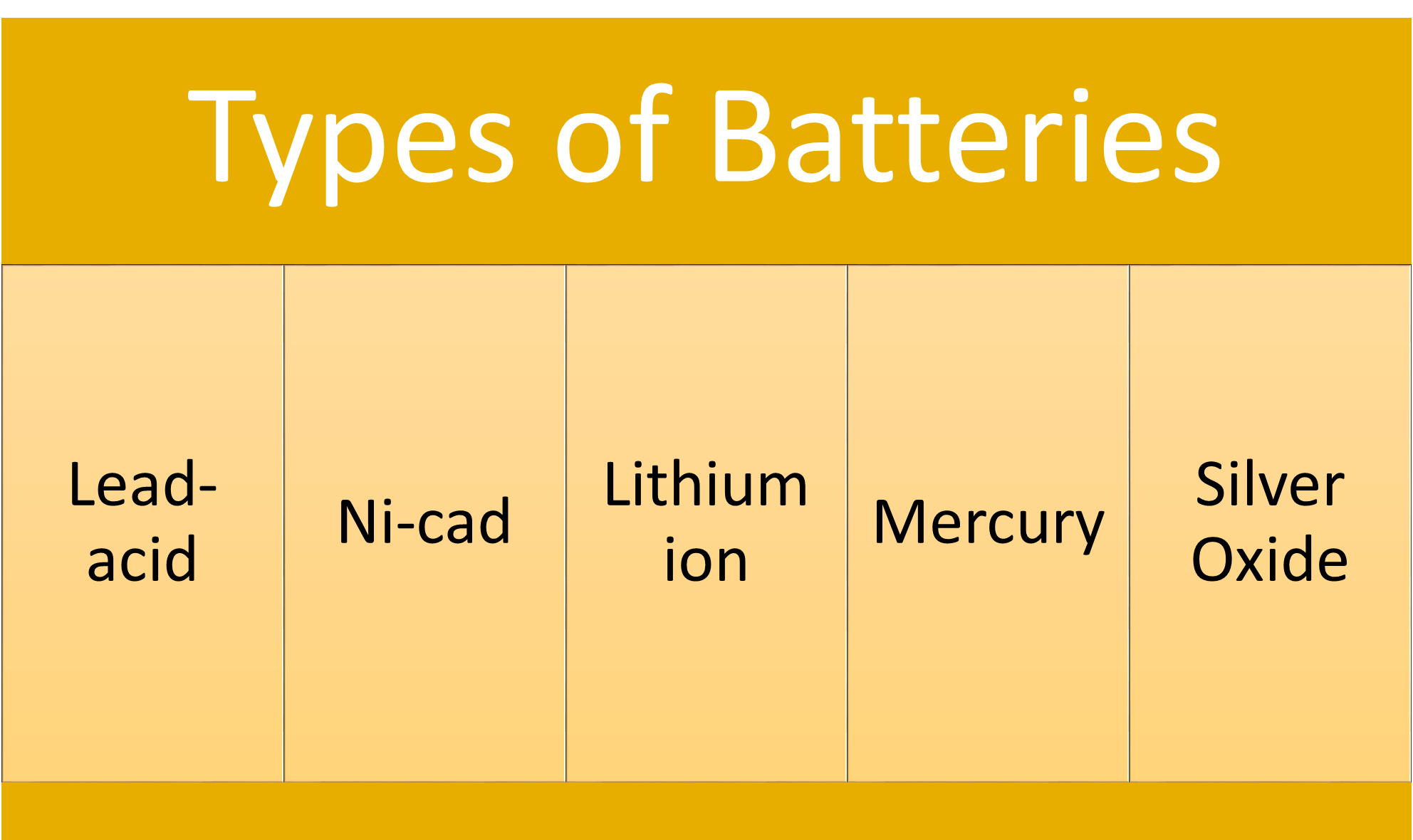
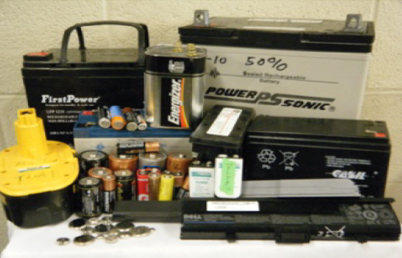

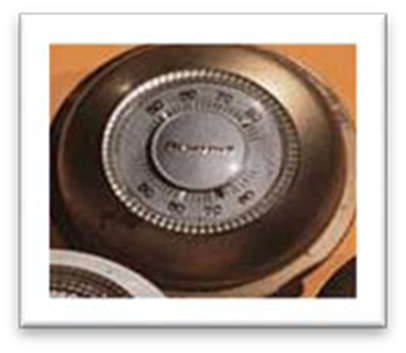
| 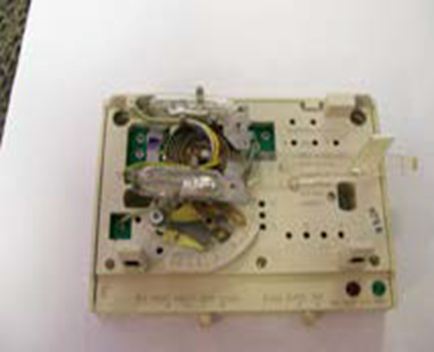
|


Universal Waste Storage Area
All handlers of universal waste are responsible for segregating and placing universal waste in labeled storage areas. Universal waste has an accumulation date of no longer than one year. It is liable for all parties to comply with regulations to determine if a waste qualifies as hazardous or universal. Containers and packaging compliance includes correct containers for the specific type of universal waste, properly labeled as "Universal Waste" with an accumulation start date, and must be kept closed when not being used.
These are important factors in managing a universal waste storage area:

Universal Waste Labeling
Universal waste labels are used to properly identify waste containers, whether hazardous or nonhazardous, that qualify as universal waste. If you use the manufacturers or an alternative container, you must add the appropriate label and date to each container.

| 
|
The NIH Chemical Waste Services will provide DOT-approved containers that, once filled, must be properly labelled or "marked" with any of the following applicable phrases:
Lamps
| Universal Waste-Lamp(s) |
| | Waste Lamp(s)
|
| | Used Lamp(s)
|
| Ballasts | Universal Waste-Ballast(s) |
| | Waste Ballast(s) |
| | Used Ballast(s) |
| Battery | Universal Waste-Battery(ies) |
| | Waste Battery(ies) |
| | Used Battery(ies) |
Universal Waste Containers



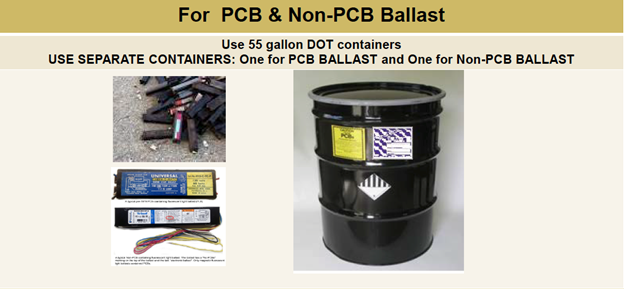
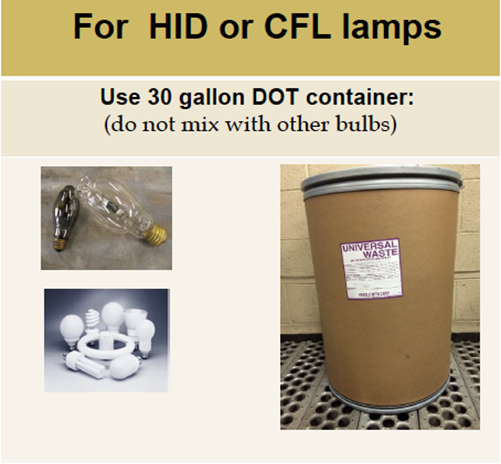
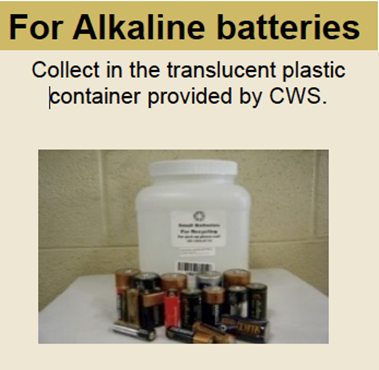

Safety and Emergency Management
Safety and emergency management involves responding accordingly to a spill by identifying the contents, stopping the release into the environment, and safely cleaning up the unviersal waste. If any parts of this process are unsafe, contact the NIH Fire Department at 911 or use the Fire Department Non-Emergency line at 301-496-2372.
Summarized Fluorescent Light Tube Cleanup:
